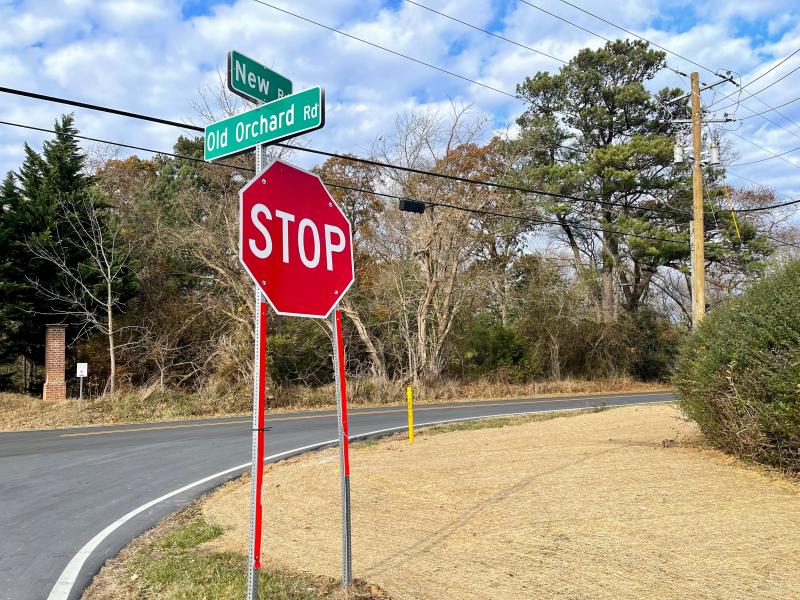Why is one of our oldest roads known as New Road?
Other than the rudimentary pathways trod by Native Americans up and down and across the Delmarva Peninsula for thousands of years, the earliest so-called roads used by European settlers in this part of the world were rough-and-tumble, unreliable affairs.
No wonder the peninsula’s bays, rivers and creeks were by far the preferred avenues for transportation.
A section of Jasper Danker and Peter Sluyter’s journal of a 1679 tour in several early American colonies, included in J. Thomas Scharf’s 1887 History of Delaware, provides this early Delaware ‘roadway’ insight:
“We succeeded, however, in crossing over a creek and had then to make our way through bushes by an untrodden path, going from one newly marked tree to another. These marks are merely a piece cut out of the bark with an axe, about the height of a man’s eyes from the ground; and by means of them the commonest roads are designated through all of New Netherland and Maryland, but in consequence of the great number of roads so marked, and their running into and across each other, they’re of little assistance and often mislead ... .”
This makes the Appalachian Trail, with its familiar white blazes on rocks and trees, still appear like a relatively major thoroughfare. Of course, we are talking about 340 years ago.
I started down this rabbit hole this week after driving down New Road through all the construction associated with two new developments underway there. Why does a road so narrow, looking so old and established, have the name New Road?
My search took me to a column I wrote 22 years ago when Sam Russell, now long gone, was 93 and still living in an historic house and property along New Road where members of his family continue to reside.
In an interview for that column, Sam told me that the old road predating New Road had run several hundred yards to the west. That old road was built by the earliest Dutch settlers in the area and connected what is now known as Pilottown Road to the 1675 Dutch dike constructed as part of the first engineered crossing of Canary Creek. That dike connected with a swing bridge across the creek, also built by the Dutch, to provide access to the interior of Sussex County and the Native American trading partners of the Dutch West India Company. That company, said Sam, had a trading post in that area believed to have been constructed alongside the Dutch dike road in 1624.
Pilings for the Dutch swing bridge were still evident in the creek at low tide, north and west of the present Canary Creek bridge.
One of Sam’s great-greats, William Russell, bought 60 acres of land and a house from members of the Cunningham and Rowland families. Those 60 acres were along the Dutch dike road. The house was part of a small settlement along that ancient road.
In the late 1830s, William Russell built a cart path from Pilottown Road to Canary Creek along his property line. Samuel Coleman Russell, another one of Sam’s great-greats and heir to William Russell, eventually moved the house to what had by then evolved from cart path to roadway.
When the Dutch trading post fell out of use and with it the old Dutch dike, the associated road followed suit. Then locals began using Russell’s road and an eventual new bridge over Canary Creek. With that, New Road was born.
Orville Peets and Dr. David Marine, of the Sussex County Society of Archaeology and History, in the mid-20th century researched the old Dutch dike, the trading post and the old dike road. On the basis of their work and the history Sam had compiled through the years, he was successful in 1973 in having the Dutch dike – known formally then as the Pagan Creek dike – accepted for placement on the National Register of Historic Places.
And there you have the reason why one of the area’s oldest roads is known as New Road.






















































